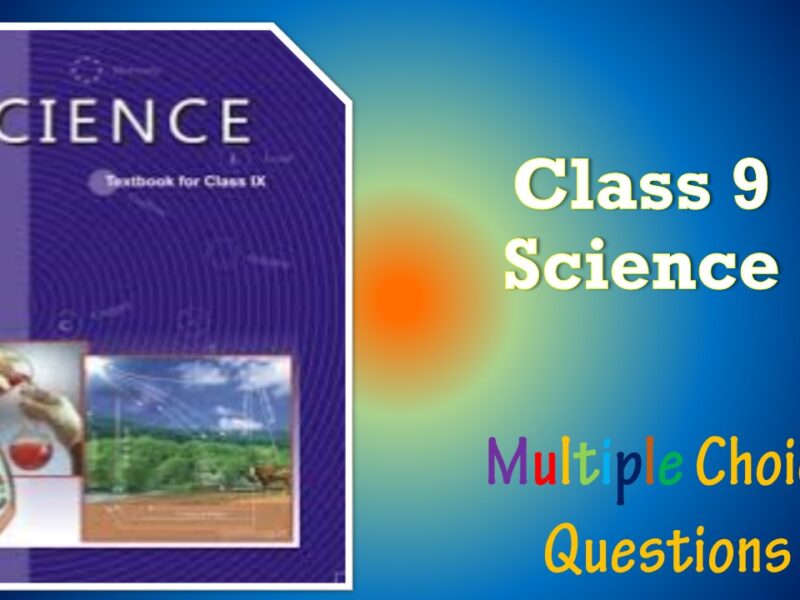CBSE Class 12 Aldehydes Ketones and Carboxylic Acids with Answers Multiple Choice Questions with Answers. MCQ Questions Class 12 Aldehydes Ketones and Carboxylic Acids with Answers with Answers Is Prepared Based on Latest Exam Pattern. Students can solve NCERT Class 12 Aldehydes Ketones and Carboxylic Acids with Answers MCQs with Answers to know their preparation level.
Students who are searching for NCERT MCQ Questions for Class 12 Aldehydes Ketones and Carboxylic Acids with Answers with Answers are compiled here to get good practice on all fundamentals. Know your preparation level on MCQ Questions for Class 12 Aldehydes Ketones and Carboxylic Acids with Answers with Answers. You can also verify your answers from our provided MCQ Class 12 Aldehydes Ketones and Carboxylic Acids with Answers with Answers. So, ace up your preparation with MCQ of Class 12 Chemistry Examinations.
MCQ Questions Class 12 Aldehydes Ketones and Carboxylic Acids with Answers - Set - 2
Question 1:
The product formed in the aldol condensation of acetaldehyde is
(a) CH3CH2CH(OH)CHO
(b) CH3CH(OH)CH2CHO
(c) CH3CH(OH)COCH3
(d) CH3CH2CH2CHO
Correct Answer – (B)
Question 2:
Which of the following can be used to differentiate between aldehyde and ketone?
(a) Ammoniacal AgNO3
(b) Ammoniacal AgNO3 in the presence oftartarate ion
(c) I2 in the presence of base
(d) Ammoniacal AgNO3 in the presence of citrate ion
Correct Answer – (A)
Question 3:
Reduction of aldehydes and ketones into hydrocarbons using zinc amalgam and conc. HCl is called
(a) Cope reduction
(b) Dow reduction
(c) Wolff–Kishner reduction
(d) Clemmensen reduction
Correct Answer – (D)
Question 4:
Which of the following reactions will not result in the formation of carbon-carbon bonds?
(a) Reimer–Tiemann reaction
(b) Cannizzaro reaction
(c) Wurtz reaction
(d) Friedel–Crafts acylation
Correct Answer – (B)
Question 5:
Which of the following compounds will give a yellow precipitate with iodine and alkali?
(I) Acetophenone
(II) Methyl acetate
(III) Acetamide
(IV) 2-Hydroxypropane
(a) (I) & (II)
(b) (II) & (III)
(c) (I) & (III)
(d) (I) & (IV)
Correct Answer – (D)
MCQ Questions Class 12 Aldehydes Ketones and Carboxylic Acids With Answers
Question 6:
A compound X undergoes reduction with LiAIH4 to yield Y . When vapours of Yare passed over freshly reduced copper at 300° C, X is formed. What is Y?
(a) CH3COCH3
(b) CH3CHO
(c) CH3CH2OH
(d) CH3OCH3
Correct Answer – (C)
Question 7:
The product formed in aldol condensation is A
(a) a beta-hydroxy aldehyde or a beta-hydroxy ketone
(b) an alpha-hydroxy aldehyde or ketone
(c) an alpha, beta unsaturated ester
(d) a beta-hydroxy acid
Correct Answer – (A)
Question 8:
A strong base can abstract an a-hydrogen from
(a) ketone
(b) alkane
(c) alkene
(d) amine
Correct Answer – (A)
Question 9:
Clemmensen reduction of a ketone is carried out in the presence of which of the following?
(a) Glycol with KOH
(b) Zn-Hg with HCl
(c) LiAlH4
(d) H2 and Pt as catalyst
Correct Answer – (B)
Question 10:
Consider the reaction : RCHO + NH2NH2 → RCH=N — NH2 What sort of reaction is it?
(a) Electrophilic addition-elimination reaction
(b) Free radical addition-elimination reaction
(c) Electrophilic substitution-elimination reaction
(d) Nucleophilic addition-elimination reaction
Correct Answer – (D)
- NCERT Solutions Class 11 Chemistry Chapter 1 : Some Basic Concepts of Chemistry
- NCERT Solutions Class 11 Chemistry Chapter 2 : Structure Of The Atom
- NCERT Solutions Class 11 Chemistry Chapter 3 : Classification of Elements and Periodicity in Properties
- NCERT Solutions Class 11 Chemistry Chapter 4 : Chemical Bonding and Molecular Structure
- NCERT Solutions Class 11 Chemistry Chapter 5 : States of Matter
- NCERT Solutions Class 11 Chemistry Chapter 6 : Thermodynamics
- NCERT Solutions Class 11 Chemistry Chapter 7 : Equilibrium
- NCERT Solutions Class 11 Chemistry Chapter 8 : Redox Reactions
- NCERT Solutions Class 11 Chemistry Chapter 9 : Hydrogen
- NCERT Solutions Class 11 Chemistry Chapter 10 : The s-Block Elements
- NCERT Solutions Class 11 Chemistry Chapter 11 : The p-Block Elements
- NCERT Solutions Class 11 Chemistry Chapter 12 : Organic Chemistry: Some Basic Principles and Techniques
- NCERT Solutions Class 11 Chemistry Chapter 13 : Hydrocarbons
- NCERT Solutions Class 11 Chemistry Chapter 14 : Environmental Chemistry




